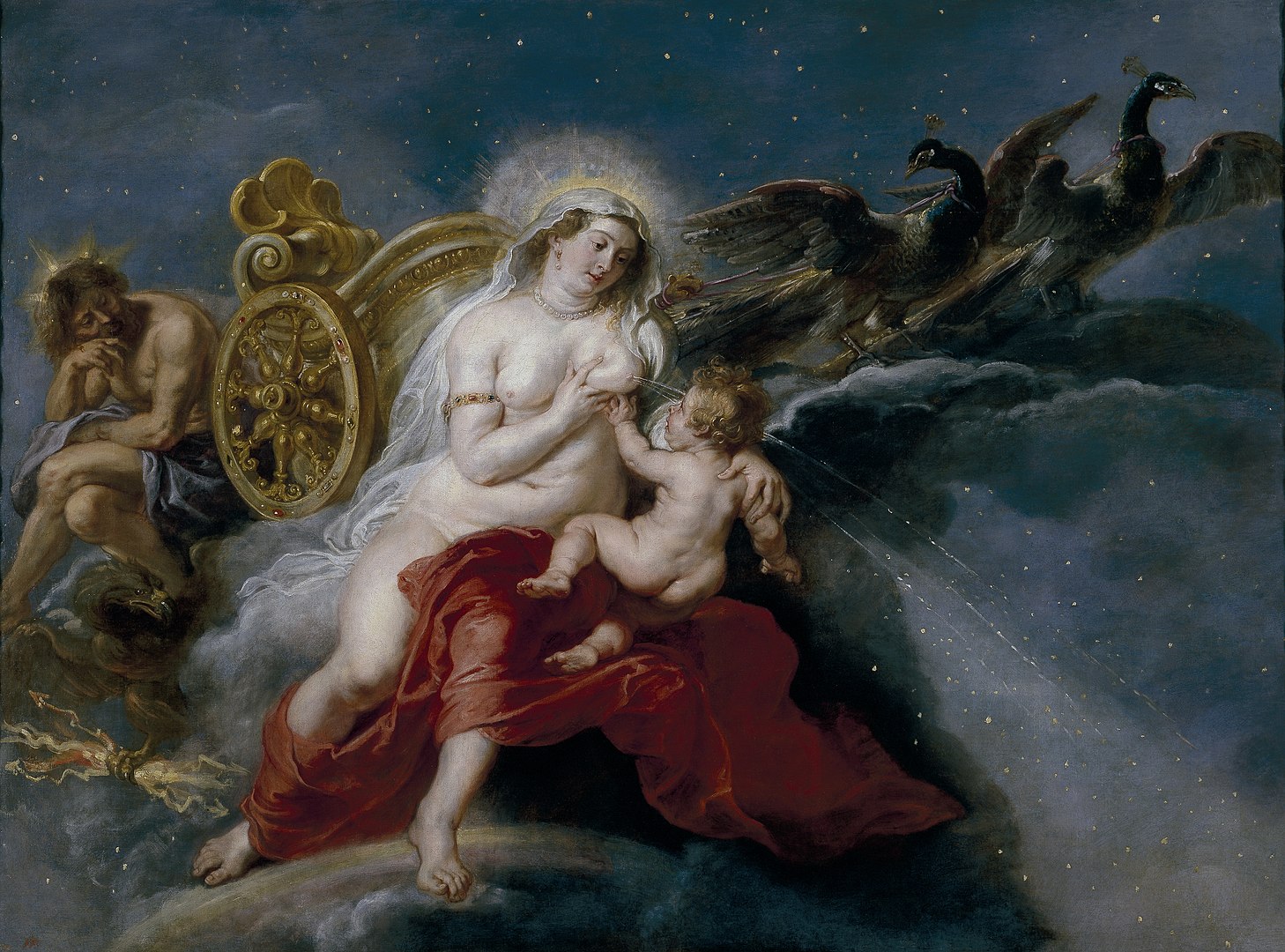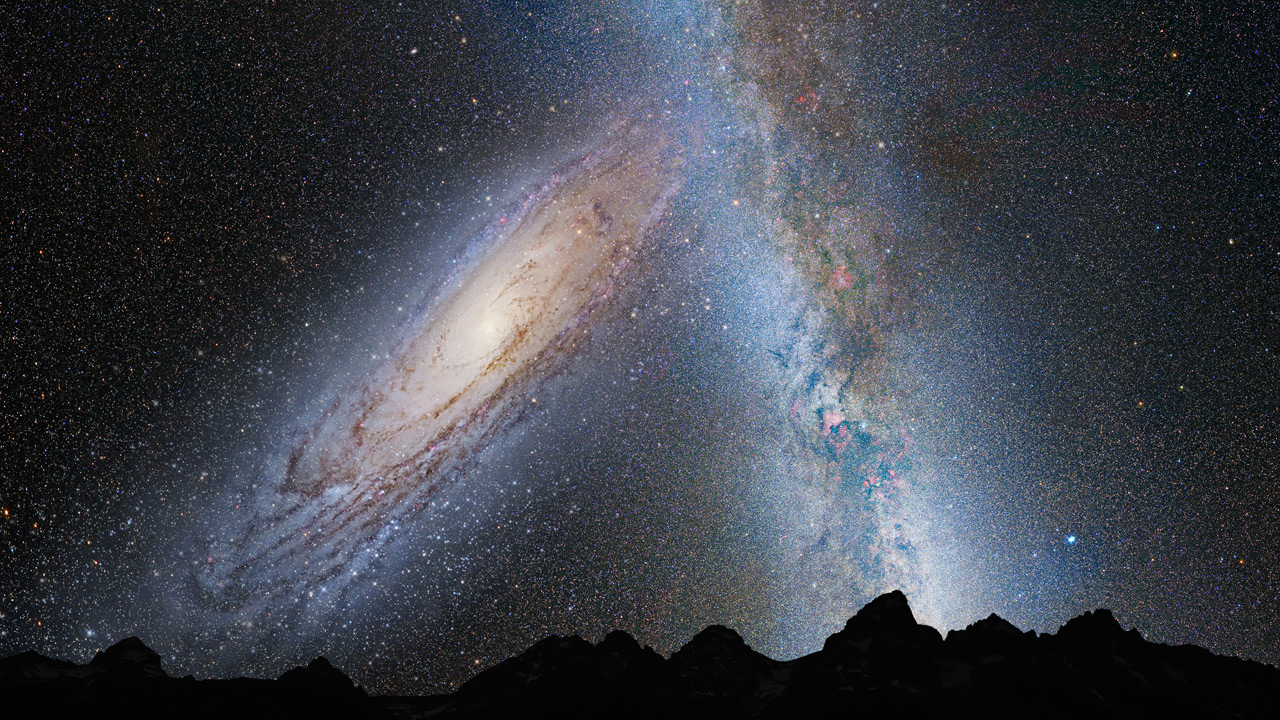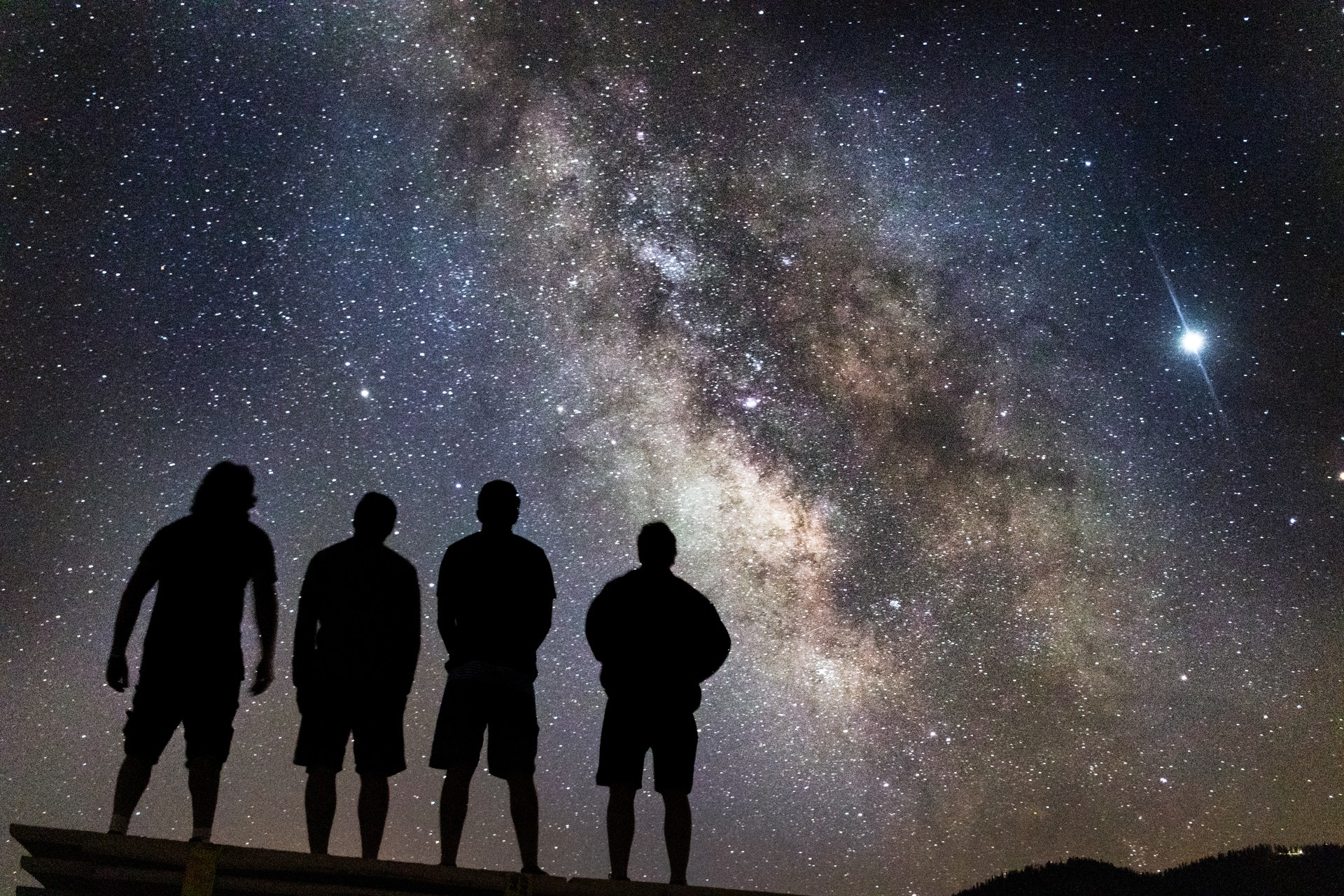The Milky Way is the galaxy, out of more than 100 billion galaxies in the Universe, that contains our solar system. With an estimated visible diameter of 100,000–200,000 light-years, this system of stars, planets and cosmic dust can be seen with the unaided eye. Appearing as a hazy band of light in the night sky, its colors and components can be distinguished when the sky is clear and the light pollution is minimal.
Galaxy gazing is most successful between May and October. Before this, our galaxy first becomes visible in March after being absent from the sky during the winter. By June, the alluring sky band starts appearing before midnight until it is visible for most of the night throughout the months of July and August, which is, in fact, the best viewing time. When fall arrives, the Milky Way is best seen in the evening, before it sets.

The story behind its milky name is compelling. According to Greek mythology, Zeus wanted his son Heracles, born to a mortal mother, to attain immortality. Knowing that this could be achieved by having the boy suckled by a goddess, he placed Heracles at Hera’s breast while she was sleeping. The boy’s impetus woke up the goddess who pushed him away abruptly, causing her breast milk to be spilled. This milk would form the path of stars leading to the Olympus, our Milky Way.
Our home and our view
Posed in the sky, our galaxy looks like a band that forms a circle in the horizon. This view owes to our location within it, as we are seeing our galaxy edge on, from the inside. However, not all galaxies look the same from within.
There are two major types of galaxies, elliptical galaxies and spiral galaxies. Unlike the spiral kind, elliptical galaxies have no defined structure and are thus a collection of stars with no apparent order. Since our skies are decorated with a distinct band of stars, that is, a galactic disk, we know that ours is a spiral galaxy.
Success
You are now signed up for our newsletter
Success
Check your email to complete sign up
Every star visible from the Earth with the naked eye is within the Milky Way. The only exception is our neighboring spiral galaxy, Andromeda, located over 2.2 million light-years away. Looking very similar to any other star in the firmament, Andromeda has been found to be slowly moving towards the Milky Way.
Scientists predict that the two galaxies will collide in around four billion years. However, this is not a reason for concern according to Roelan Van Der Marel from Space Telescope Science Institute, who believes that our Solar System will not be much affected as galaxies are mostly empty space and the chance of two stars directly hitting each other is extremely small.

Understanding what we see
Gazing up can be a breath-taking experience, and understanding the spectacle that unfolds before one’s eyes can make this encounter with our home galaxy even more fascinating.
The star-rich band across the sky is often accompanied by nebulas. These interstellar bodies appear as round bright clouds in the sky, and are composed of luminous gas expelled by dying stars. There are believed to be about 20,000 nebulas in our Milky Way but only about 1800 have been cataloged. Nebula Omega, Nebula the Lagoon and Nebula Cat’s Paw are some of the elements that enhance the beauty of the galactic sky.
Vibrant colors can be brought to the scene by interstellar clouds which are mainly formed by dark nebulae. The Rho Ophiuchi cloud complex is often seen sharing the sky with our galaxy and is one of the closest star-forming regions to our Solar System.
Spotting the Galactic Center of our Milky Way is captivating. The core of our galaxy is a supermassive black hole of about 4 million solar masses, located some 30,000 light-years away from the Earth. To our eyes, it appears as the middle area along the milky band and its darker color owes to the dust and gas clouds that prevent us from seeing the core directly.

The Constellation of Sagittarius, to the left of the galactic center, draws what skywatchers call the Teapot in Sagittarius. This star pattern has a handle, spout and lid like a traditional teapot that makes it easy to spot. The analogy comes handy when our galaxy is brought into the picture. The bright stars surrounding the Milky Way are positioned close to the spout of the teapot, making it look like “steam.” By gazing into the midst of this “steam” we can find the darker area corresponding to the center of our galaxy.
Galaxy gazing tips
Ensuring the weather is favorable to see the milky belt is key. Choose to embark on the adventure when the skies are clear with little to no fog or humidity. Dressing warm is also highly recommended as nights can get chilly, even in the summer.
When selecting a viewing location, opt for areas that are completely void of light pollution to provide the best gazing experience. Try getting to a high elevation where there are no buildings or trees to block the view.
Sharing this experience with amateur astronomers can deepen your understanding of the cosmos. By getting in touch with your nearest astronomy club, your quest to discover the Universe can go to infinity and beyond.

Our inner cosmos
Gazing at the beauty of our home galaxy is likely to leave the observer mesmerized and wondering about our place within the vastness of the Universe. The humbling realization that our planet Earth is like a grain of sand in our Milky Way, and that this galaxy, in turn, is but one out of the billions that conform to the cosmos has the power to make our daily human concerns look trivial.
In Ancient China, the Taoist philosophy believed that human beings share the same origin, nature and structure with the Universe “The human body is a tiny universe, while the universe is a big human body.” The Daoist text Taiping Jing reads “the human being takes Heaven as a model and Heaven takes the human being as a model.”

In our quest to discern our connection with the cosmos, ancient wisdom can provide meaningful guidance. By considering the harmony and unity between mankind and the universe that has been taught for centuries, one can realize that the fascinating spectacle that unfolds in our skies may just be a reflection of the hidden wonders that lie within us.













